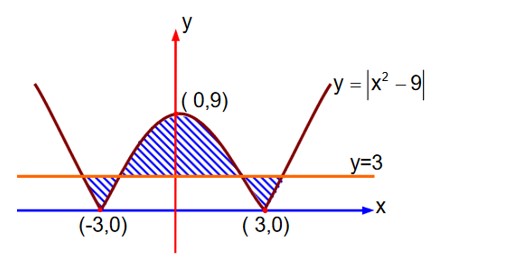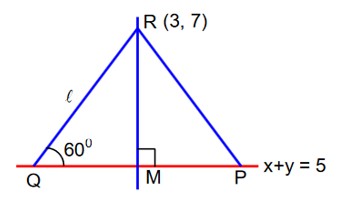Maths
Get insights from 6.5k questions on Maths, answered by students, alumni, and experts. You may also ask and answer any question you like about Maths
Follow Ask QuestionQuestions
Discussions
Active Users
Followers
New answer posted
4 months agoContributor-Level 10
Equation of plane passing through the line of intersection between planes p1 = 0 & p2 = 0 is
It passes through the point (1, 0, 2)
New answer posted
4 months agoContributor-Level 10
Given hyperbola :
it passes through
Now, equation of normal to hyperbola
satisfied
New answer posted
4 months agoContributor-Level 10
any pt on it is P
M (h, k) be mid point of P & A (4, 3)
Required locus (x – 2)2 +
New answer posted
4 months agoContributor-Level 10
Equation of any tangent to
is y = mx +
then
New answer posted
4 months agoContributor-Level 10

Required area = A
Note : No option in the question paper is correct.
New answer posted
4 months agoContributor-Level 10
Let p1 : y2 = 8x
p2 : y2 = 16 (3 – x) = -16 (x – 3)
finding their intersection points.
y2 = 8x & y2 = -16 (x – 3)
8x = -16x + 48
= 16
Taking an Exam? Selecting a College?
Get authentic answers from experts, students and alumni that you won't find anywhere else
Sign Up on ShikshaOn Shiksha, get access to
- 65k Colleges
- 1.2k Exams
- 679k Reviews
- 1800k Answers

